The twinkling stones on a beach attract everybody. They are pieces of sea glass that are categorized as weathered glass. Principally drilling into sea glass is the same as standard glass, except they require more delicate drill bits and careful handling.
To drill a hole in sea glass, mark the drilling area on the sea glass with a chinagraph pencil and adequately position it. After drilling halfway into the glass, change the position, and drill into the opposite face. Keep the drill’s speed low and intermittently cool the bit with water or a coolant. In the end, polish the surfaces with sandpaper to get a cleaner hole.
Sea glass is usually found at the shores of large salty water bodies and is chemically silica transformed naturally into a frosted glass. Drilling a hole in sea glass is fun. I have experimented with some stuff that will be of interest to a DIY enthusiast. However, before we dive into different methods to drill a hole in sea glass, let’s first discuss its uses.
Ideas for Sea Glass
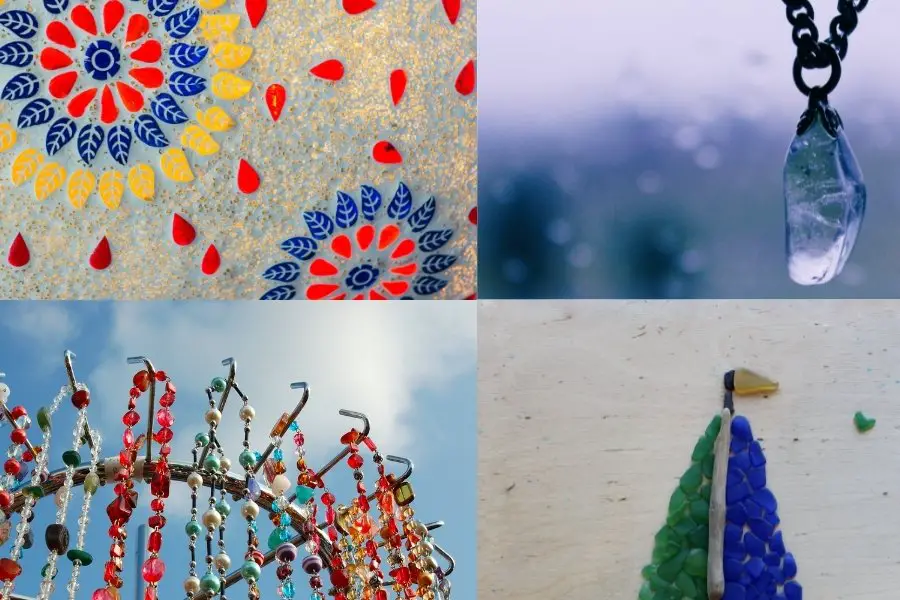
Due to its unique frosted texture and multicolour scheme, sea glass is a collector’s item for DIY enthusiasts. There are thousands of beautiful projects and ideas for sea glass; let me share a few of them below,
- You can transform sea glass into a piece of artwork on a wall in canvas over paper or a piece of cloth.
- Sea glass can be your next shiny dining table plate mat.
- Your next earring can be a sea glass.
- A midnight beautiful lantern.
- A hanging chandelier in your hallway can also be designed using sea glass.
- A tabletop candle holder.
- A suncatcher or a Water Terrarium.
Method to Drill a Hole in Sea Glass
Drilling a hole in sea glass is similar to a normal glass except for few adjustments required because of the small size of sea glass. I have been personally engaged in drilling a hole in sea glass to make a necklace for my wife for our wedding anniversary. Stay tuned to read more in the article below.
Step 1: Ensure Proper Safety Protocols
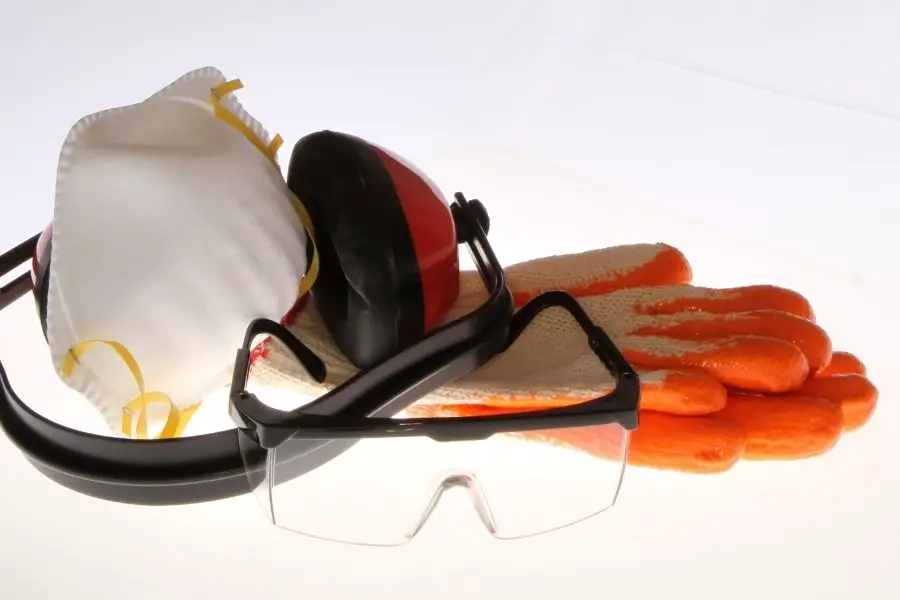
Working with a drill and water at the same time is not less than an electric hazard. Therefore, always be extra cautious when using drills near the water. Ensure that the drill’s chuck is not in contact with water because the water can seep inside the drill and create an electric short circuit.
The working table should ideally be free from mess. There should be no interference between the drill and its electric wire because it can hamper its precision.
Use safety goggles, gloves, and mask. Intermittent sponging with water will reduce glass dust. If you are not using gloves, then make sure your hands stay dry throughout the job.
I personally recommend using a Dremel workstation for holding the Dremel; this not only ensures a precise and clean hole but also has a better safety profile. This will also enable you to use a water tub concurrently.
If you don’t have a Dremel-Stand, then go for a flexible shaft. This will ensure that the Dremel stays away from water.
Step 2: Select the Best Tools Available for the Job
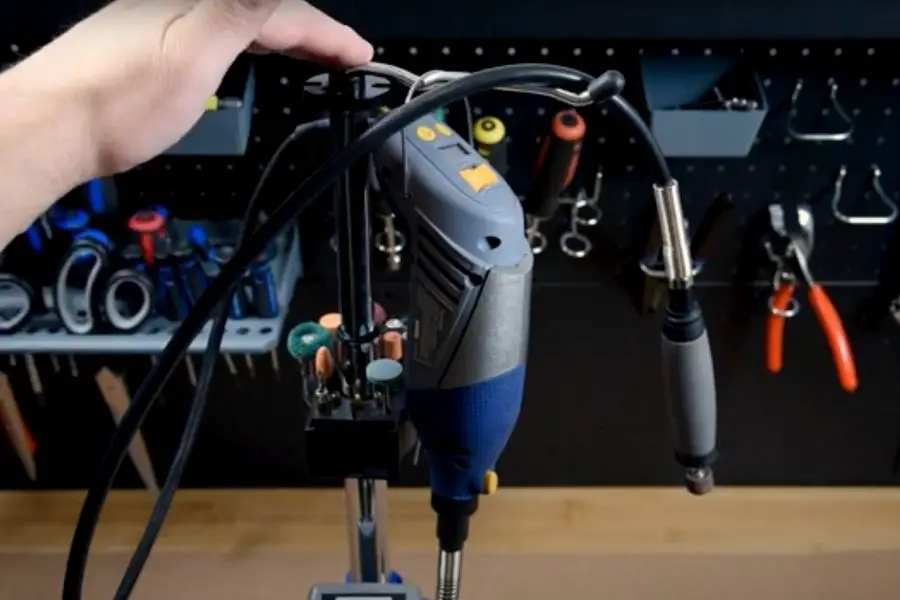
Drilling into sea glass requires precision tools. Your ordinary cordless drill will fail to do the job nicely. Therefore, you will require Dremel for drilling into sea glass; it is more precise and has high RPMs.
I personally recommend Dremel Lite 7760 N/10 that is easily available on amazon. The best thing about it is its competitive price and recharging capability to keep away the wire hassles. This will also be ideal for your other home chores as well.
When it comes to drilling sea glass, you require finer drill bits. Therefore, only diamond-coated drill bits are recommended. Diamond drill bits have two types:
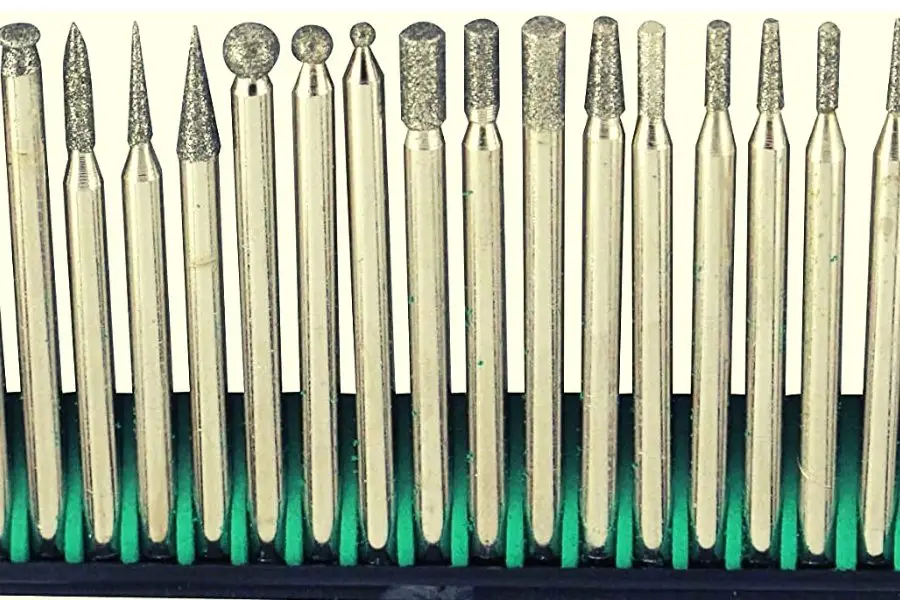
- Core Diamond Drill Bits have a hollow center which allows for better heat dissipation and water flow. Due to hollowness, they are weaker and more prone to damage but have an advantage of quicker action. They come in different sizes, but I personally use 1mm, 2mm, and 3mm bits for drilling a hole in sea glass.
- Solid End Diamond Drill Bits are not hollow from the center. They are more sturdy and tough and have a long life in comparison to core bits. However, they have the disadvantage of poor heat dissipation and high friction. The poor heat dissipation prone sea glass to cracks and thus is not ideal. I recommend SE Diamond Burr Set (20 PC.) – DT220R because of the low price and versatility of hole diameter it offers.
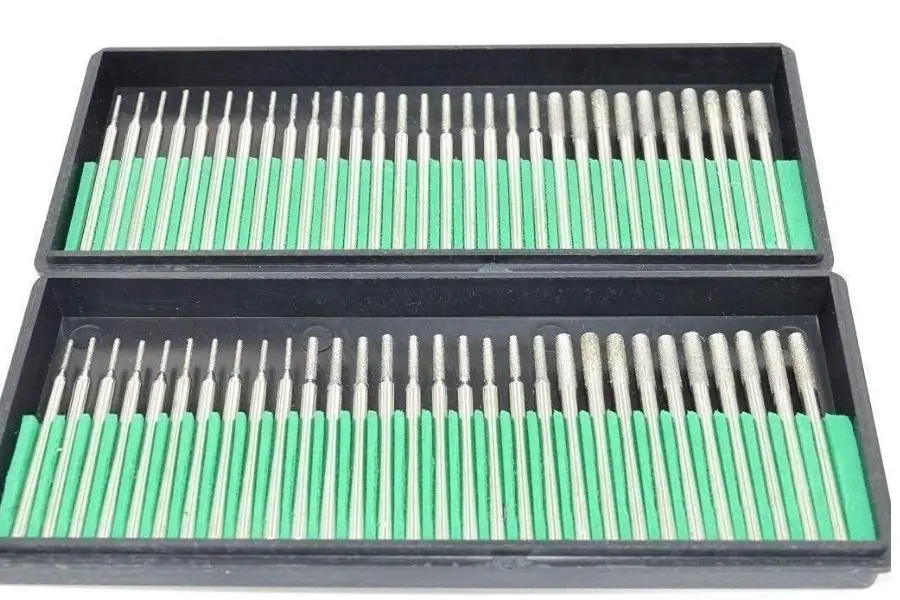
My personal favorite is Aiskaer 60 Pcs Premium Diamond Drill Bit because it has solid and core diamond bits ranging from 1mm to 3mm.
Step 3: Selecting the Appropriate Sized Bits
The size of the bit is based primarily on the diameter of the intended hole. For example, you may need to use a bit with a smaller diameter to drill holes for earrings. Likewise, a necklace requires a bigger hole for a thicker thread to accommodate the weight of multiple sea glasses.
Principally speaking, sea glasses usually require 1mm, 2mm, or the last 3mm bits. Any thicker than that usually proves disastrous for the sea glass.
If you plan to embed a gemstone into the sea glass, sculpt a depression with the help of HART BURS 90º Bearing Cutter.
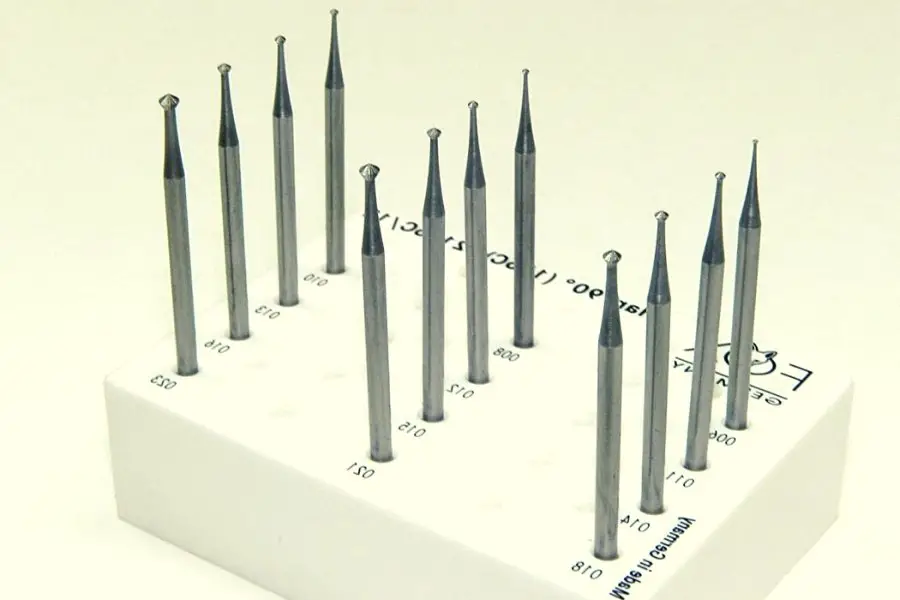
Step 4: Set Up the Work Table
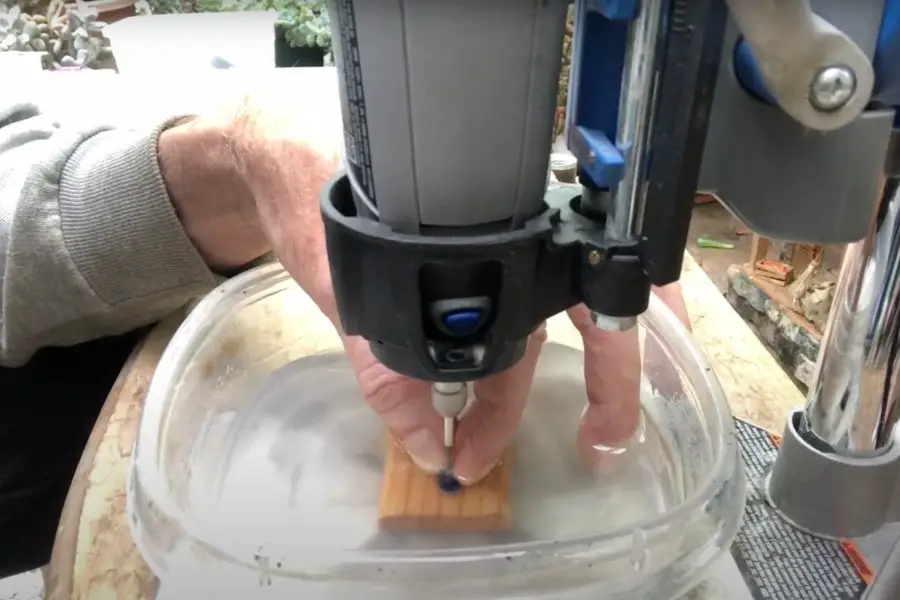
Ideally, it would be best to have a working table free from wobble and level with your chest’s height. If you are working with a flexible shaft, then a water tub is preferred. If not, then sponging is a better option because it will have a low risk for water-short circuits.
A shallow water tub with half water full is recommended. Next, take a Cardboard and submerge it in water. Let it absorb water and sink. Cardboard is important because it will reduce vibrations and provide a steady platform.
Step 5: Secure the Sea Glass Properly
Next, the sea glass should rest on the cardboard properly, held with only an index finger. If you hold the sea glass in your hand, make sure your hand sits firmly and steady on the tabletop. Finally, the sea glass should be held away from the drilling site.
Step 6: Drill Into the Sea Glass
All set, first drill at an angle of 45 degrees to make an initial impression ( this helps prevent drill slippage) on the glass. Once the cut is made, move onto 90 degrees for a final hole. All this should be done slowly and with little to no pressure to avoid heat build-up and cracks.
While drilling into sea glass, take intermittent breaks to allow water movement and removal of debris. This helps prolong the bit’s life.
All that is needed is patience. Be more patient and allow the bit to do work for you. This will help prolong the bit’s life.
Step 7: Ensure Proper Bit Cooling
An improper colling strategy will pave the path for cracks and can shorten the bit’s life. Therefore, it is wise to cool the bits properly. This can be achieved by either using a water tub in case of a flexible shaft, intermittently sponging the sea glass or sprinkling water onto the top of the hole.
Step 8: Give a Cleaner Finish to the Glass
Once you have achieved your objective of drilling into sea glass, polish the edges with the help of fine-grit sandpaper. If you want to cut an extra edge of the sea glass or reshape it, use a diamond wire hand saw blade.
The hole can be expanded easily using a diamond-coated twist drill bit if needed.
Extra Tips When Drilling into the Sea Glass
I have tried to explain everything concisely in the blog, but here I have some extra tips on drilling a hole in sea glass.
- Try to select a sea glass that is free from any visible cracks. This is important because the cracks will increase from the vibration of the drill and will destroy your whole project.
- Refrain from drilling on the edge of sea glass.
- If you want to reshape sea glass do it before drilling a hole.
- Always start with a smaller drill bit.
- Drill in a pulstile manner instead of applying a constant pressure.
- For thick glasses, drill from both ends.
How much is sea glass worth?
The sea glass is a collector’s item, and the worth varies from person to person but on average it can sell for around 10 to 100 USD per piece. The worth depends upon the size, thickness, color, and texture of the sea glass.
What is pirate sea glass?
It is a type of sea glass that looks black but when held against light, it shows its true color. The color is usually olive green with a bubble stuck inside.
Is Seaglass dangerous?
No! the amount of uranium used to manufacture sea glass is usually less than 1% making sea glass safe.